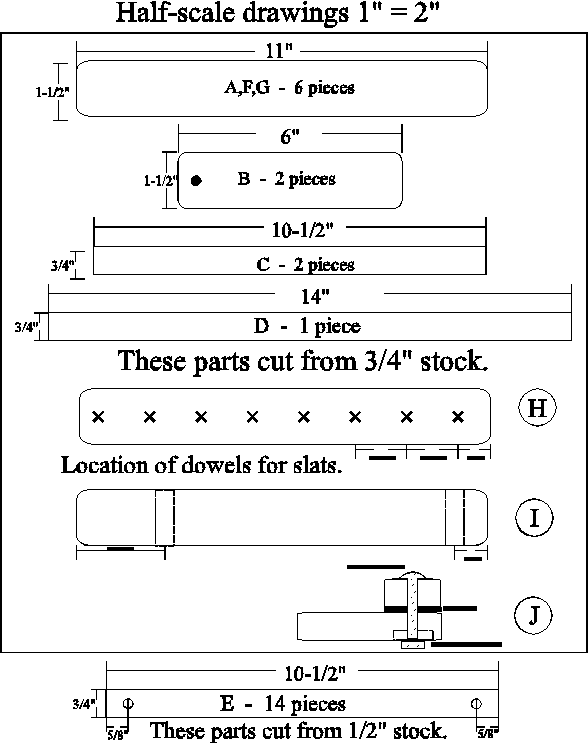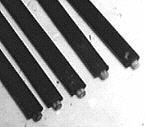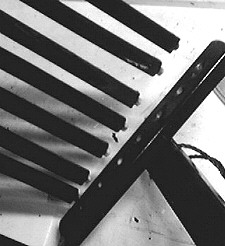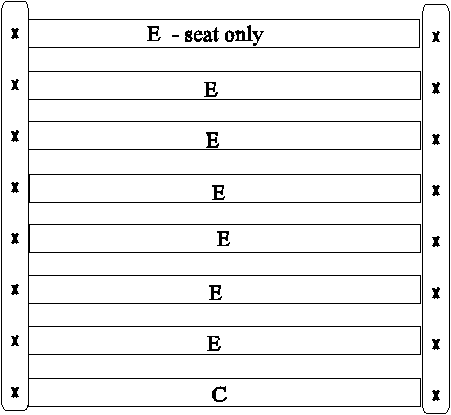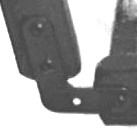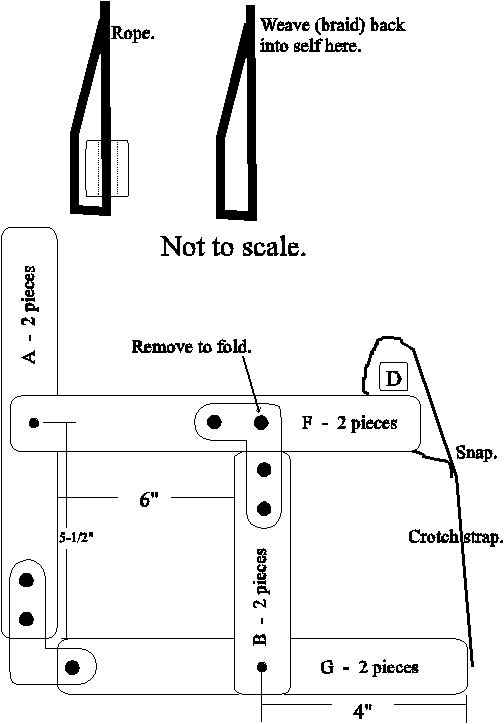| TheWoodcrafter.net |
 Copyright © 2004. |
| My Basic Projects |
| The Retro Section |
| Jr. Woodcrafter |
| My Work |
| Detailed Plans |
| About |
| Lathe Work |
| Safety |
| Hints |
| Pic Gallery |
| Links |
| Search |
| Home |
| Birdhouses |
| Guest Book |
| Contact Us |
|
|
||||||||
|

Here is a real favorite. This chair swing
is a popular project for Grandpa to build.
The seat can be folded up for storage when the Grandkids
are back home.
******* CAUTION *******
Never leave a child alone in this, or any other,
swing.
This swing can flip over if the ropes are not secured
properly or the child leans too far forward.
Test for stability before use and check out my page on
safety before starting this project.
You assume all liability in the use of this product if
you build it.
******* CAUTION *******
| * * * * Click on the picture above to download a higher resolution picture. * * * * |
*********** WARNING***********
Read my page on safety
before building this item.
